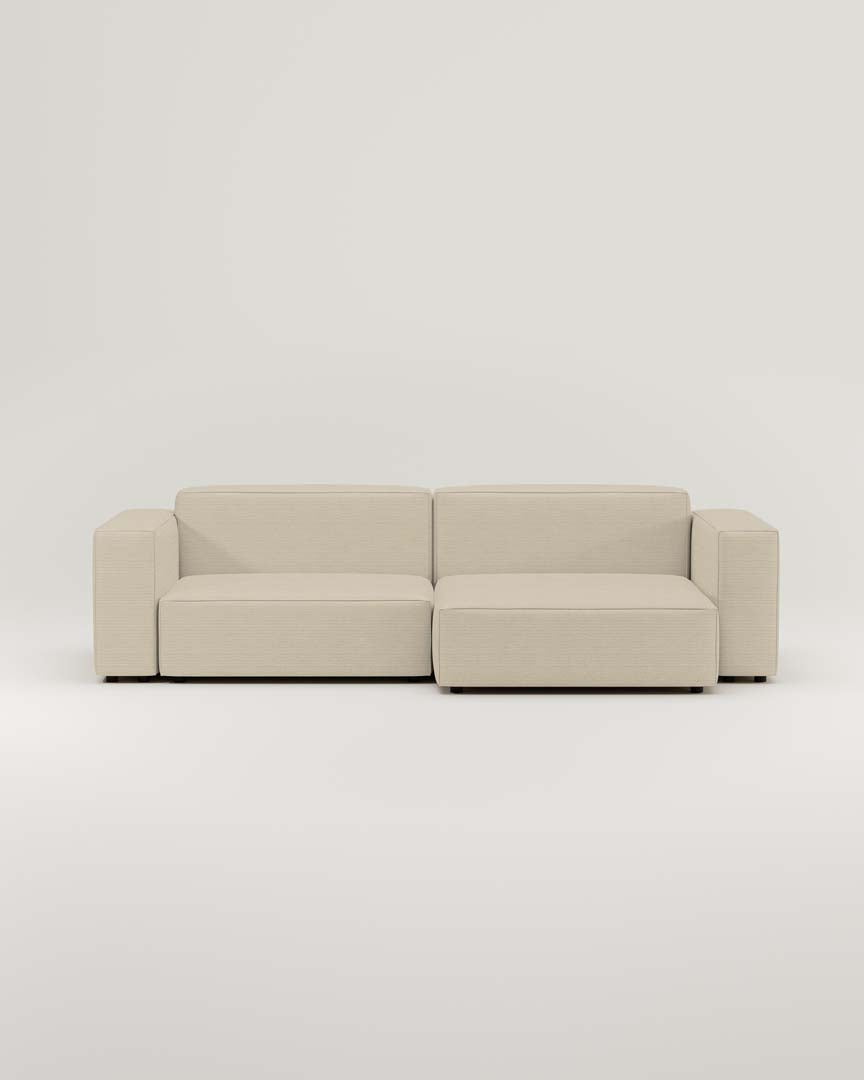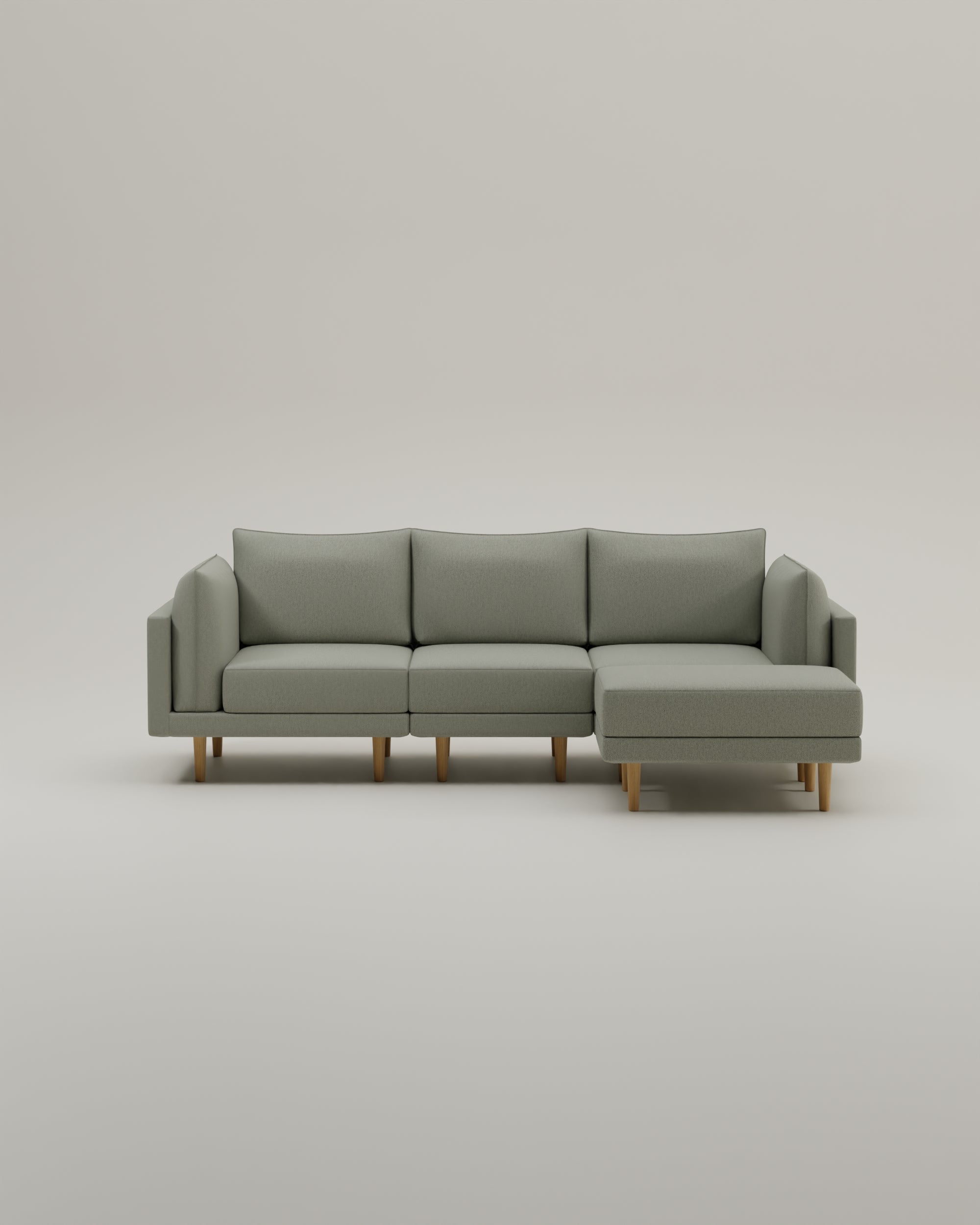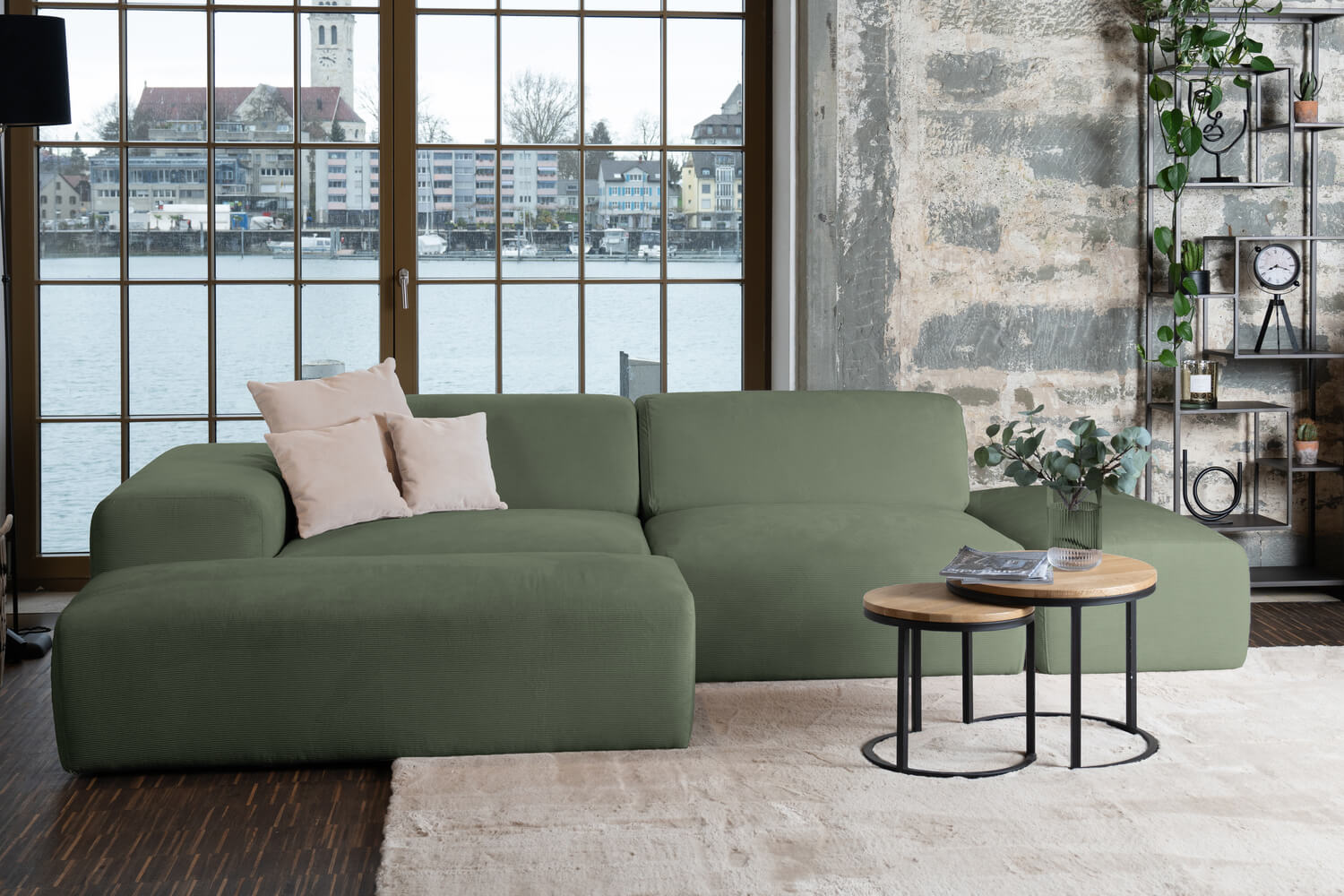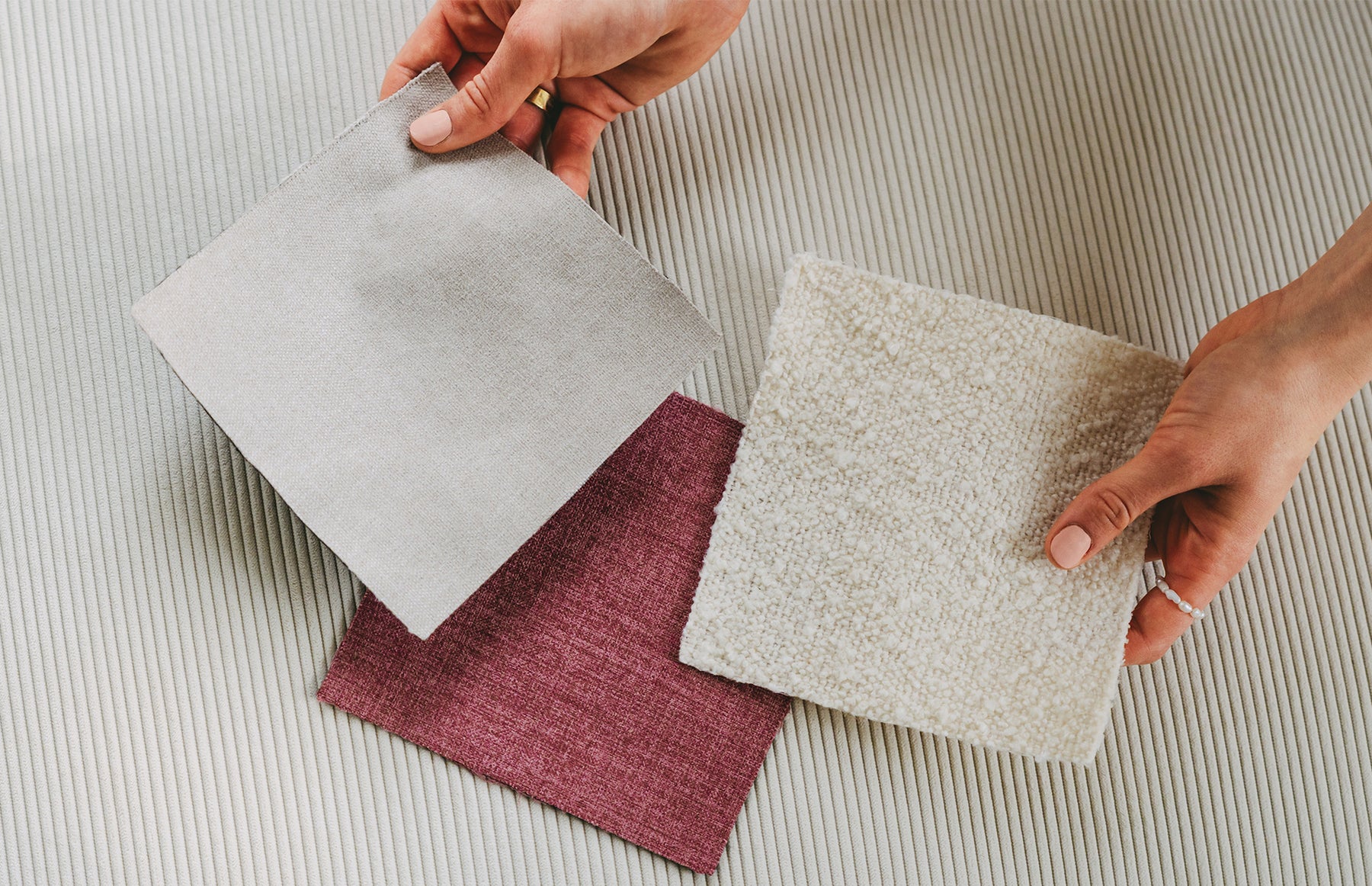Are you aware of how important it is to protect your floor? Many people neglect this important aspect of home care. But damage to the ground can be expensive and time -consuming to repair them. That's why I have some valuable tips for you on how you can effectively protect your floor.
Why is floor protection important?
Before we turn to the different types of floor protection, let's talk about the importance of floor protection first. Damage to the floor can have a variety of unpleasant effects. Not only does a damaged soil look unsightly, it can also affect your health and endanger the safety of your premises.
The effects of damage to the floor
A damaged floor can cause stumbling blocks and lead to accidents. In addition, he can affect the structural integrity of your house. Moisture can penetrate the damaged soil and lead to mold formation. In addition, a damaged soil can shorten the lifespan of the floor covering below.
The advantages of a well -protected floor
By effectively protecting your floor, you can avoid all of these problems. A well -protected floor is not only safer, but also looks more appealing and retains its original optics over a longer period of time. In addition, you save yourself annoying repairs and associated costs.
Flat protection is an important aspect of maintaining and maintaining buildings. There are various methods to protect the floor from damage, depending on the type of flooring and the use of the room. A common method is the use of soil protection films that protect the soil from scratches, dirt and moisture.
Another important aspect of floor protection is the regular cleaning and maintenance of the flooring. Depending on the material of the soil, special cleaning agents and methods may be required to extend the lifespan of the flooring and maintain its optics. Regular cleaning can also help to maintain the slip resistance of the soil and thus avoid accidents.
Different types of floor protection
Now that we understand why floor protection is important, let us look at the different types of floor protection that you can use.
Felt protection for soils
A simple and effective way of protecting your floor is the use of felt pads under the furniture, such as yours sofa. These pads offer a buffer between the piece of furniture and the floor and thus prevent scratches and abrasion. Do not forget to check the felt pads regularly and, if necessary, replace them to maintain their effectiveness.
Carpet as soil protection
A Carpet Or runners is not only a stylish addition to your space, but also effective soil protection. A carpet offers the floor an additional protective layer of scratches and damage. Make sure that the carpet is properly placed and is regularly cleaned to ensure optimal effectiveness. Unsure how to clean your carpet? Here are some tips for you: Carpet cleaning
Here is an example with the Modular sofa Tamara and the Logan carpet:

Mats for the floor coverage
Especially in heavily frequented areas such as inputs, corridors and kitchens, floor mats can be an excellent choice to protect your floor. They catch dirt and moisture and prevent them from depositing and causing damage on your floor. Make sure you clean the mats regularly to maintain their performance.
Liquid -repellent coatings for floors
Another way to protect your floor is special fluid -repellent coatings. These coatings can be applied in different types of floors to protect them from spots and spots. They form a protective layer that prevents liquids from penetrating and damaging it. It is important to renew the coating regularly to maintain its effectiveness.
Polished concrete as a long -lasting floor solution
A robust and durable option for floors is polished concrete. This flooring is not only aesthetically appealing, but also extremely durable and easy to clean. Polished concrete can be designed in different colors and patterns and is suitable for both indoor and outdoor use. It offers a modern and easy-care solution for floors in living room and commercial rooms.
Proper cleaning for different types of soil
In addition to the use of protective devices, the correct cleaning is crucial to get your floor in the best condition. Here are some specific cleaning tips for different types of soil:
Cleaning tips for wooden floors
- Vacuum or sweep the soil regularly to remove dirt and dust.
- Use a special cleaning agent for wooden floors and clean the soil with a damp, not wet mop.
- Avoid sharp cleaning agents or too strong scrubbing, as this can damage the wooden floor.
- Sagittarius of wooden floors from direct sunlight to avoid discoloration.
How to clean carpets properly
Carpet require regular cleaning to remove dust, dirt and stains. Here are a few steps that you should follow to properly clean carpets:
- Vacuum the carpet regularly to vacuum dust and dirt.
- Treating stains sofort, by carefully editing them with a clean cloth and a stain remover.
- If necessary, you should also undergo the carpet of professional cleaning to ensure stubborn stains and thorough cleaning.
Discover our modular sofas with washing and changeable covers
Care and cleaning of tile floors
Tile floors are durable and relatively easy to care for, but still require regular cleaning and care. Here are some simple steps to keep tile floors clean and in good condition:
- Cast or suck the soil regularly to remove dirt and dust.
- Use a mild tile cleaner and clean the floor with a mop or sponge.
- Avoid abrasive cleaning agents or hard brushes, as this can damage the surface of the tiles.
- Dry the floor thoroughly after cleaning to avoid water stains.
It is also important to note that different types of soil have different care requirements. For example, wooden floors can need special treatment from time to time to maintain their natural beauty and durability. This can include applying wood care products or regular polishing. Carpets can also benefit from professional deep cleaning to remove embedded dirt and smells.
For tile floors, it is advisable to regularly clean the joints between the tiles to prevent mold or mold formation. This can be done with a mild solution of water and vinegar or a special joint cleaner. In addition, it is important to protect the soil from heavy objects or sharp edges in order to avoid scratches or cracks.
Further tips on maintaining and protecting your floor
Apart from the above methods, there are some other tips that you should consider to protect your floor as best as possible:
Avoiding scratches and wear
Use felt glider under the legs of furniture, for example with yours sofa or coffee tableto avoid scratches on the floor when they are moved or shifted. Also placed furniture with sharp edges directly on the floor, but use coasters or tablecloths to prevent damage.
Dealing with stains and spills
It is inevitable that spots and spills occur from time to time. If this is the case, act quickly and clean them sofort. Use suitable cleaning agents for the specific flooring and make sure not to incorporate the stain into the ground.
The role of furniture in soil protection
Furniture plays an important role in soil protection. By using felt pads, Carpet And you can ensure that your furniture does not damage the floor. Also make sure that heavy pieces of furniture do not roughly move to avoid scratches. If necessary, please help to lift and move the furniture safely.
By following these tips, you can effectively protect your floor and extend your lifespan. Regular cleaning and careful handling of the furniture are crucial to keep your floor in the best possible condition. Don't miss the opportunity to protect your floor and create a nice and safe home!
It is also important to maintain the soil regularly to maintain its beauty and quality. Depending on the type of flooring, there are various care methods that you can use. For example, a wooden floor needs regular growth to preserve its natural beauty and protect them from moisture. A tile floor, on the other hand, requires regular wiping and occasional application of tile sealing to prevent stains and wear.
Another important aspect of soil maintenance is the control of space moisture. High humidity can lead to damage to wooden floors, such as upheavals or cracks. Therefore, use a dehumidifier to reduce the moisture in rooms with wooden floors. In the case of tile floors, it is important that the joints are regularly cleaned and sealed to prevent moisture from penetrating.










